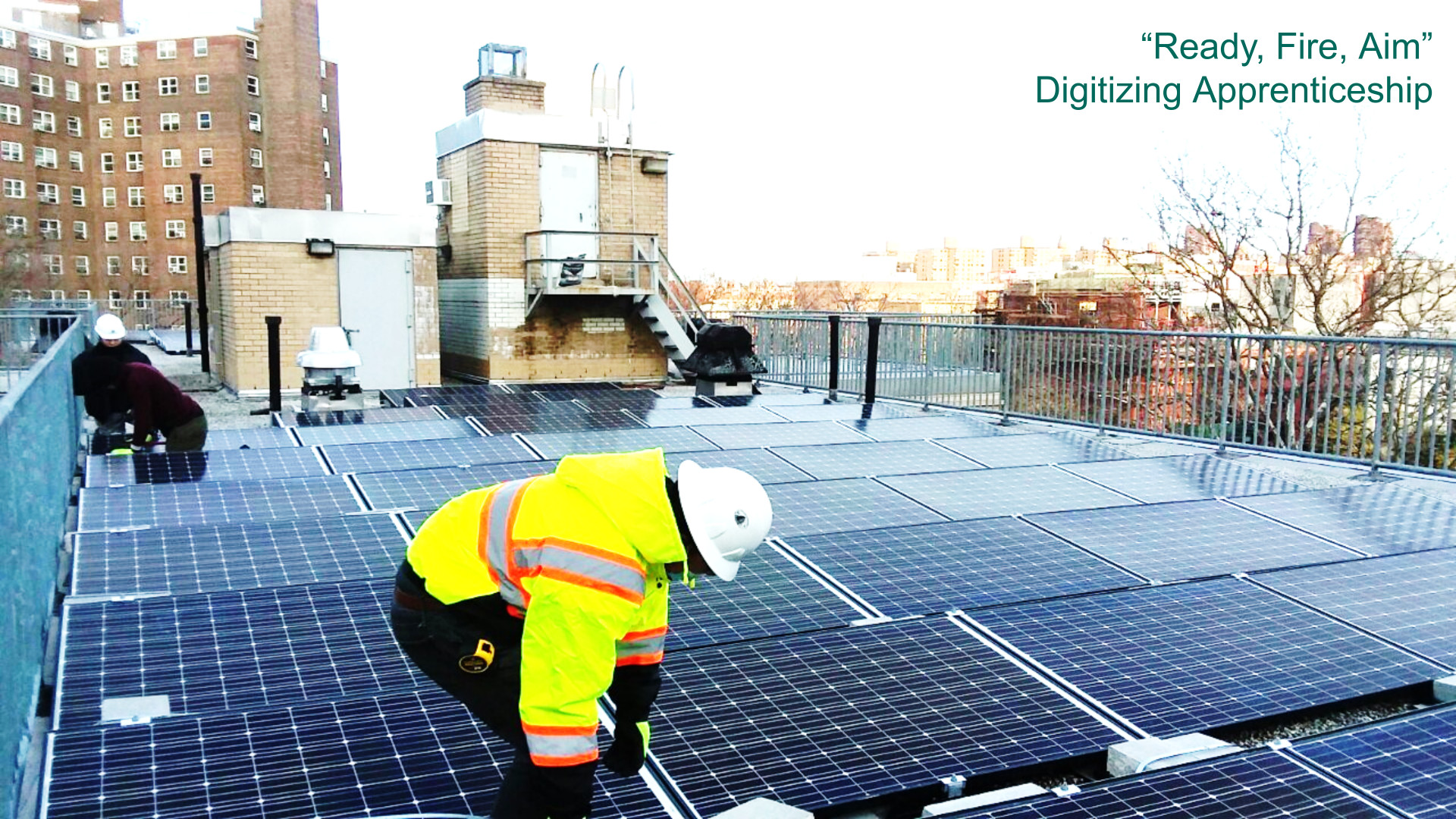My autoethnography prompts:
- a consultative situation,
- a collaborative inquiry,
- affording opportunities for authentic assessments, .
What it is I am studying was much rarer before COVID. I used to teach trades math within a “social ontogeny” suddenly severed when Zoom boxes decapitated our “hands on” instruction. Teaching apprentices online is a new learning experience for us, requiring discovering relevant methods, rather than describing methods already well documented in the literature, . Direct observation works best with professional development workshops. . A grounded theory approach seems to me to be the best choice of research method for our workshops.1
Unit of Analysis
Collaborative groups of workforce instructors serving NYC union members, choosing, of their own volition, to join a Saturday afternoon UFT Consortium of Worker Education Chapter Digital Literacy Professional Development workshop, e.g., . Six were offered in 2023.
Situation
“Our workshops” means I am not a detached observer: I am a participant, embodied within our Chapter’s goal of mastering andragogic digital literacy skills. Unlike the East LA PREP project we read about in class that suffered implementation issues, we already joined six Saturday afternoons towards constructing sustainable, resilient UFT-CWE DL-PDs. Our chapter already valorized a lot of trust and commitment, relevant for many research parameters, infra.
triangulation
No samplings will gathered, as there is only so much you can do in a four hour PD. For similar reasons, “triangulation” is not practicable proximate to my situation.
problematic
The “natural attitude” about digital literacy is instrumental—clicking quicker, swiping screens sequencially, down a checklist. I am more interested in deploying digital literacy towards furthering workforce development, analogous to the migration of mechanical library searches towards information literacy, which focuses on teaching students to critically engage with information collaboratively. How to measure and assess these deeper understandings is what I am trying to get at when designing UFT-CWE DL-PD workshops.
For example, if and when we apply a treatment to a DL-PD next year, the most simple being randomly splitting DL-PD participants into experimental and control groups, Hawthorne and John Henry effects will be minimal, because we are all UFT-CWE members. Further, the results from any UFT-CWE DL-PD treatment would be reported out first, and perhaps only to, UFT-CWE members, due to our command and control of our LMS. So everyone in the UFT-CWE will benefit from a treatment, regardless of whether in fact they receive it.
I believe the effects from the following biases will also be minimal: history, maturation, floor and ceiling, instrumentation, statistical regression, mortality, school, class, artificiality, and reactivity.
On the other end, teacher effects definitely occur, as the Post Training Satisfaction Survey gives higher ratings to the last DL-PD than I did. Testing effects may occur, as Revision #1 infra includes something like a pretest, the word or free list. If groups are chosen from a quasi-experimental method, then selection bias could occur. Lack of internal validity is possible, as we are trying to discover appropriate methods in our situation.
Nonrepresentativeness is more problematic. Professional development of worker instructors is a tiny niche in the world of education. It is precisely my choice of grounded theory that makes generalization, by definition, unlikely.
I received feedback from my professor that, “action research,” is more accurate vernacular to describe my travails. [Ed. 12/31/23]
{10492329:E7FNTXLU};{10492329:V7YP67UI};{10492329:WJKF8A8U};{10492329:6SA3KPNI};{10492329:CEAZP6IU};{10492329:FX9QXLHR};{10492329:WJKF8A8U};{10492329:PCYRFMBZ};{10492329:F8E8UT93};{10492329:6R6L26ZM};{10492329:LZCCRZAZ};{10492329:7M9G63UC};{10492329:F2HPJACR};{10492329:T38ZA3S5};{10492329:C6R2APK6};{10492329:4WDZK458}
apa
default
asc
0
30076










